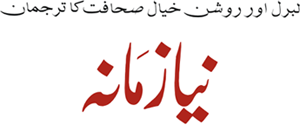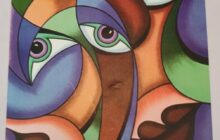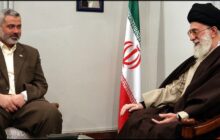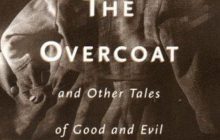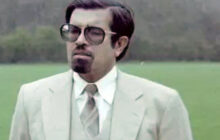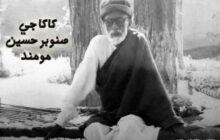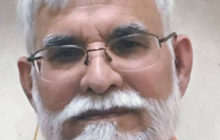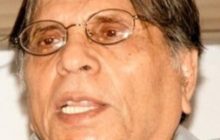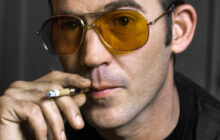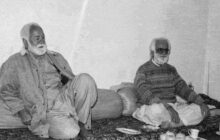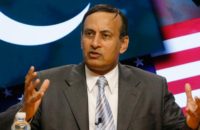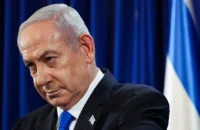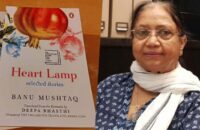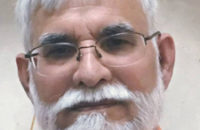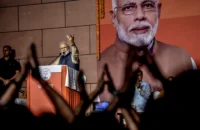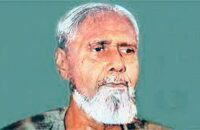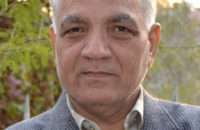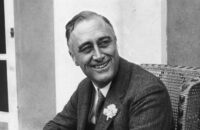By Khaled Ahmad
India and Pakistan are finally moving to treating each other normally after a period of baring their ugly narratives.
Prime Minister Nawaz Sharif, rightwing-religious all his life, sought “tactical contrast” with Prime Minister Narendra Modi when he went to Karachi on Diwali on November 11, to be among the Hindus he hadn’t given much thought to before.
What he said there was heart-warming and unusual, coming from a Muslim. He said: “Every community living here, whether Hindu, Muslim or Parsi, everyone belongs to me and I belong to them. I am prime minister of all communities.” If you don’t believe he said this, get a load of this: “If you are in distress, I will stand by you. Even if a Muslim commits an injustice, I will stand with the victim.” He “apostatised” himself further in the eyes of the orthodoxy when he asked the Hindus to throw colour at him during Holi. Believe me, he said Diwali “celebrates humanity’s struggle against forces of evil” and announced the construction of Bhagat Kunwar Medical Complex in Hyderabad.
In reply, local leader, Sham Sundrani, said that all people living in Pakistan were like a bouquet and minority communities were also a part of the country. He declared: “Nawaz Sharif is the first prime minister who has joined the Hindu community in the celebration of Diwali.”
Within the fortnight, on November 21, the ugly narrative hit back, punching hard the solar plexus of the country, Islamabad, where religious seminaries are straining at the leash to join the Islamic State. The Milli Yakjehti Council (National Unity Council), an umbrella organisation of religious parties, denounced what they called the newfound “liberalism” of the PM sworn to serve Islam, not Hindus. They swore they would launch a “million march” — another word for vandalism — to “protect the Islamic ideology of Pakistan”. The leaders of the faith vowed “to resist all efforts to make Pakistan a secular country” and denounced “the statement made by the prime minister on November 11 to celebrate the Hindu festival of Diwali”.
The panjandrum of religious power in Pakistan, Hafiz Muhammad Saeed of the Jamaat-ud-Dawa, with UN sanctions on him for having attacked Mumbai in 2008, was the bridegroom of the occasion. Somewhat troubled by the prospect of the Pakistan army going after terrorists in Punjab, he sharpened the rhetoric of hate: “It is strange to see that a man who introduced the Shariat bill in the country is now talking about secularism. It is time all ideological parties united to protect the sanctity of the kalima”. In Pakistan, being a liberal means going against the ideology of Pakistan protected by the constitution, with all violations punished by the Penal Code of Pakistan.
Pakistan takes great delight in naming the tolerant as “liberal fascist” because they speak in favour of human rights.
It is clearly an oxymoron: They know that a fascist is a fascist only when he has organisational power when not in government, and has the power to coerce when in government. The fascist is empowered by the certitude of his beliefs and his conviction that he must get people to accept them under pain of punishment. The highest point in nationalism is fascism and it is totalitarian in nature. Totalitarianism was considered rightwing till Hannah Arendt told us that the Soviet state too was totalitarian.
The liberal person lacks certitude. He pleads for those who are victims of the certitude of others. He also has self-doubt because it is through doubt that he gains independent thinking. His function is intercessional, not agitational. When required to act, he fails to agree on a strategy, as was pointed out by Afiya Shehrbano in an old article called “Strategic Surrender” (The News, January 26, 2011). He is moderate, generous and tolerant because he discounts his own ego and — more dangerously — the ego of the community and the state.
A liberal has the fatal tendency to find his locus in the middle of things. When two extreme factions are drawn out against each other, he stands in the middle and gets thrashed from both sides. In times of high collective emotion, he runs the risk of losing his life. That’s why he is usually in retreat when faced with a conflictual situation. He rarely agrees with fellow liberals. There’s nothing new about him since John Stuart Mill made liberalism look like a creed.
Extremism springs from the condition of certitude. And no certitude is possible without reductionism. When you feel certitude welling up inside you, that is the time to stop yourself from becoming violent. You can become the fascist who imposes his creed on others. People who are fired by conviction look impressive. Liberals fail to impress because they find fault with creeds and are singularly lacking in the symbolism of power.
W.B. Yeats, after the horrors of World War I in 1919, wrote the oft-quoted lines describing the good man whodidn’t do much: “The best lack all conviction, while the worst/ Are full of passionate intensity”. In the 21st century, religion is making a comeback in the Middle East and Asia and it has the kind of “passionate intensity” Yeats talked about. The liberal doesn’t “lack conviction”, he holds views that oppose the kind of “conviction” that kills. Alas, that’s why Yeats called him “the best”.
